Home>Gardening & Outdoor>Outdoor Structures>How High Should An Awning Be


Outdoor Structures
How High Should An Awning Be
Modified: February 18, 2024
Learn about the ideal height for outdoor structures like awnings. Find out the recommended height and installation tips for your outdoor space.
(Many of the links in this article redirect to a specific reviewed product. Your purchase of these products through affiliate links helps to generate commission for Storables.com, at no extra cost. Learn more)
**
Introduction
**
When it comes to enhancing the outdoor space of a home or business, awnings are an excellent addition. Not only do they provide shade and protection from the elements, but they also contribute to the aesthetic appeal of the property. However, determining the ideal height for an awning is a crucial consideration that directly impacts its functionality and visual impact.
In this comprehensive guide, we will delve into the various factors that influence the height of an awning, including practical considerations and design aesthetics. Whether you are a homeowner looking to install an awning over your patio or a business owner seeking to create an inviting outdoor area for customers, understanding the optimal height for an awning is essential. We will explore standard height recommendations as well as customized height considerations to help you make an informed decision that aligns with your specific needs and preferences.
Join us as we unravel the intricacies of awning height, empowering you to create an outdoor space that seamlessly blends functionality and style.
Key Takeaways:
- Consider the purpose, building regulations, and architectural harmony when determining the height of an awning. It should provide shade, comply with regulations, and complement the building’s design.
- Customized awning heights can cater to unique architectural features, specialized functionality, visual branding, landscape integration, and personal preferences, creating a bespoke outdoor space tailored to individual needs and style.
Read more: How High Should Bed Be
Factors to Consider
Several important factors come into play when determining the ideal height for an awning. Understanding these considerations is crucial in ensuring that the awning not only looks visually appealing but also provides optimal functionality.
1. Purpose of the Awning:
The intended use of the awning is a fundamental consideration. For instance, if the primary purpose is to provide shade over a seating area, the height should be sufficient to offer comfortable headroom. On the other hand, if the awning is meant to cover a doorway or window, the height must align with the specific functional requirements.
2. Building Regulations:
Compliance with local building codes and regulations is paramount. These regulations often stipulate the minimum and maximum height allowances for structures such as awnings. Adhering to these guidelines is essential to avoid potential legal issues and ensure the safety and structural integrity of the awning.
3. Architectural Harmony:
The height of the awning should harmonize with the existing architectural elements of the building. It should complement the overall design aesthetic without appearing disproportionate or out of place. Achieving a cohesive look enhances the visual appeal of the property.
4. Sun Angle and Direction:
The angle and direction of the sun at different times of the day and year play a significant role in determining the ideal height of the awning. By considering the sun’s trajectory, the awning can be positioned at a height that maximizes shade coverage during peak sunlight hours, providing effective protection from UV rays and heat.
5. Aesthetic Preferences:
Personal preferences and design aesthetics also influence the height of the awning. Some individuals may prefer a lower profile for a more streamlined appearance, while others might opt for a higher clearance to create a more open and spacious feel.
6. Functionality and Accessibility:
Considering the practical use of the space beneath the awning is essential. Whether it’s accommodating tall furniture, allowing for easy movement, or maintaining clearances for doors and windows, the height should align with the intended functionality and accessibility requirements.
By carefully evaluating these factors, property owners can make informed decisions regarding the height of their awnings, ensuring that they serve both practical and aesthetic purposes effectively.
Standard Height Recommendations
When it comes to standard height recommendations for awnings, there are general guidelines that can serve as a helpful starting point for property owners. While these recommendations provide a baseline, it’s important to note that specific circumstances and preferences may warrant deviations from these standards.
1. Residential Awnings:
For residential properties, the typical height range for awnings is between 7 to 8 feet. This range allows for ample clearance and headroom, creating a comfortable and inviting outdoor space. However, the specific height within this range can be adjusted based on the intended use of the awning and the architectural features of the home.
2. Commercial Awnings:
When it comes to commercial properties, the height of awnings is often determined by factors such as the type of business, the scale of the building, and local regulations. In general, commercial awnings tend to have a slightly higher clearance compared to residential awnings, typically ranging from 8 to 10 feet to accommodate larger crowds and create a grander visual impact.
3. Door and Window Awnings:
For awnings installed over doors and windows, the height is often tailored to the specific dimensions of the entryway or window frame. The awning should extend adequately to provide protection from the elements while maintaining a proportionate and visually appealing appearance in relation to the architectural features it covers.
4. Retractable Awnings:
Retractable awnings offer the flexibility to adjust their height based on individual preferences and changing weather conditions. These awnings can typically be extended to a height that provides the desired level of coverage and retracted when not in use, offering versatility in adapting to different outdoor scenarios.
While these standard height recommendations offer valuable insights, it’s essential for property owners to consider their unique requirements and consult with professionals to determine the most suitable height for their specific awning installation.
The height of an awning should be at least 7 feet above the ground to provide enough clearance for people to walk under it comfortably. This will also allow for proper air circulation and prevent the awning from feeling too low.
Customized Height Considerations
Customized height considerations play a pivotal role in tailoring awning installations to meet specific needs and preferences. Property owners have the opportunity to personalize the height of their awnings based on a range of factors, allowing for a bespoke outdoor space that aligns perfectly with their vision.
1. Unique Architectural Features:
Properties with distinctive architectural features may benefit from customized awning heights to accentuate or complement these elements. Adjusting the height of the awning to align with architectural details can create a visually striking and harmonious overall appearance.
2. Specialized Functionality:
Customized awning heights can cater to specialized functionality requirements, such as accommodating specific outdoor activities or equipment. Whether it’s creating a covered area for recreational purposes or ensuring clearance for equipment storage, tailoring the height to suit these needs enhances the practical utility of the outdoor space.
3. Visual Impact and Branding:
For commercial properties, customized awning heights can contribute to branding and visual identity. By integrating company logos, signage, or unique design elements into the awning structure, businesses can leverage customized heights to enhance brand visibility and create a distinct outdoor presence.
4. Landscape Integration:
Customized awning heights can be designed to integrate seamlessly with the surrounding landscape. Whether it involves aligning the awning height with existing garden features or creating a cohesive transition between indoor and outdoor spaces, tailored heights can elevate the overall aesthetic appeal of the property.
5. Personal Preferences:
Ultimately, personalized height considerations allow property owners to reflect their individual preferences and style. Whether it’s achieving a specific visual aesthetic, creating a cozy intimate setting, or embracing a more open and airy ambiance, customized awning heights empower individuals to shape their outdoor environment according to their unique tastes.
By embracing customized height considerations, property owners can collaborate with awning professionals to craft bespoke outdoor spaces that encapsulate their desired functionality, aesthetics, and personal flair.
Conclusion
Choosing the optimal height for an awning involves a thoughtful consideration of various factors, ranging from practical functionality to design aesthetics. By carefully evaluating the intended use, architectural harmony, local regulations, and personalized preferences, property owners can arrive at a height that seamlessly integrates with their outdoor space while serving its intended purpose effectively.
Standard height recommendations offer valuable guidelines, providing a starting point for property owners to gauge the typical clearance and headroom for residential and commercial awnings. However, the flexibility to customize the height allows for tailored solutions that align with specific architectural features, functional requirements, and individual preferences.
Whether it’s creating a welcoming shaded area for relaxation, enhancing the outdoor ambiance of a business, or integrating the awning with the surrounding landscape, customized height considerations unlock a realm of possibilities for property owners to curate outdoor spaces that reflect their unique vision.
As property owners embark on the journey of selecting and installing an awning, collaboration with experienced professionals is instrumental in navigating the myriad of considerations and bringing their vision to life. By leveraging expertise and creativity, property owners can achieve the perfect balance of form and function, resulting in an awning that enriches the outdoor experience and elevates the overall appeal of the property.
Ultimately, the height of an awning serves as a defining element that contributes to the character and usability of the outdoor space. By embracing a holistic approach that encompasses practicality, aesthetics, and personalization, property owners can create inviting and functional outdoor environments that enrich their daily lives and leave a lasting impression on visitors and patrons alike.
Frequently Asked Questions about How High Should An Awning Be
Was this page helpful?
At Storables.com, we guarantee accurate and reliable information. Our content, validated by Expert Board Contributors, is crafted following stringent Editorial Policies. We're committed to providing you with well-researched, expert-backed insights for all your informational needs.

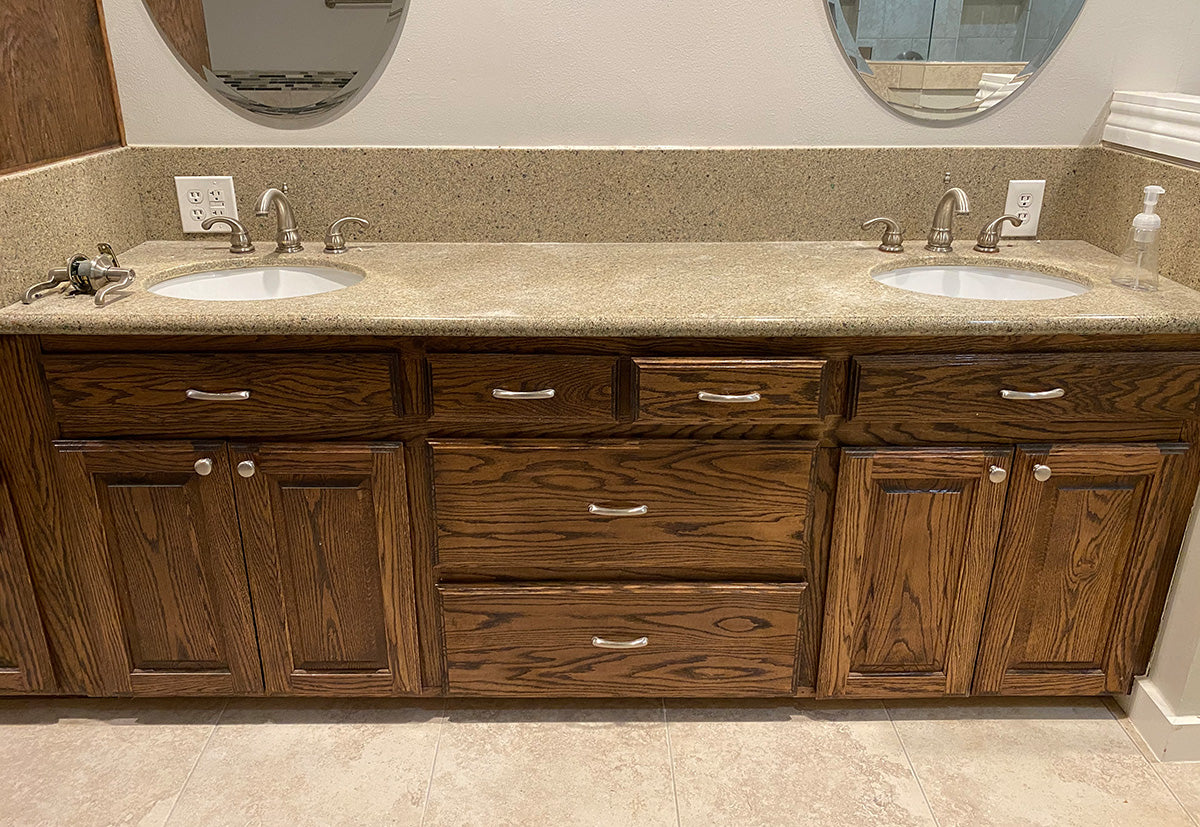

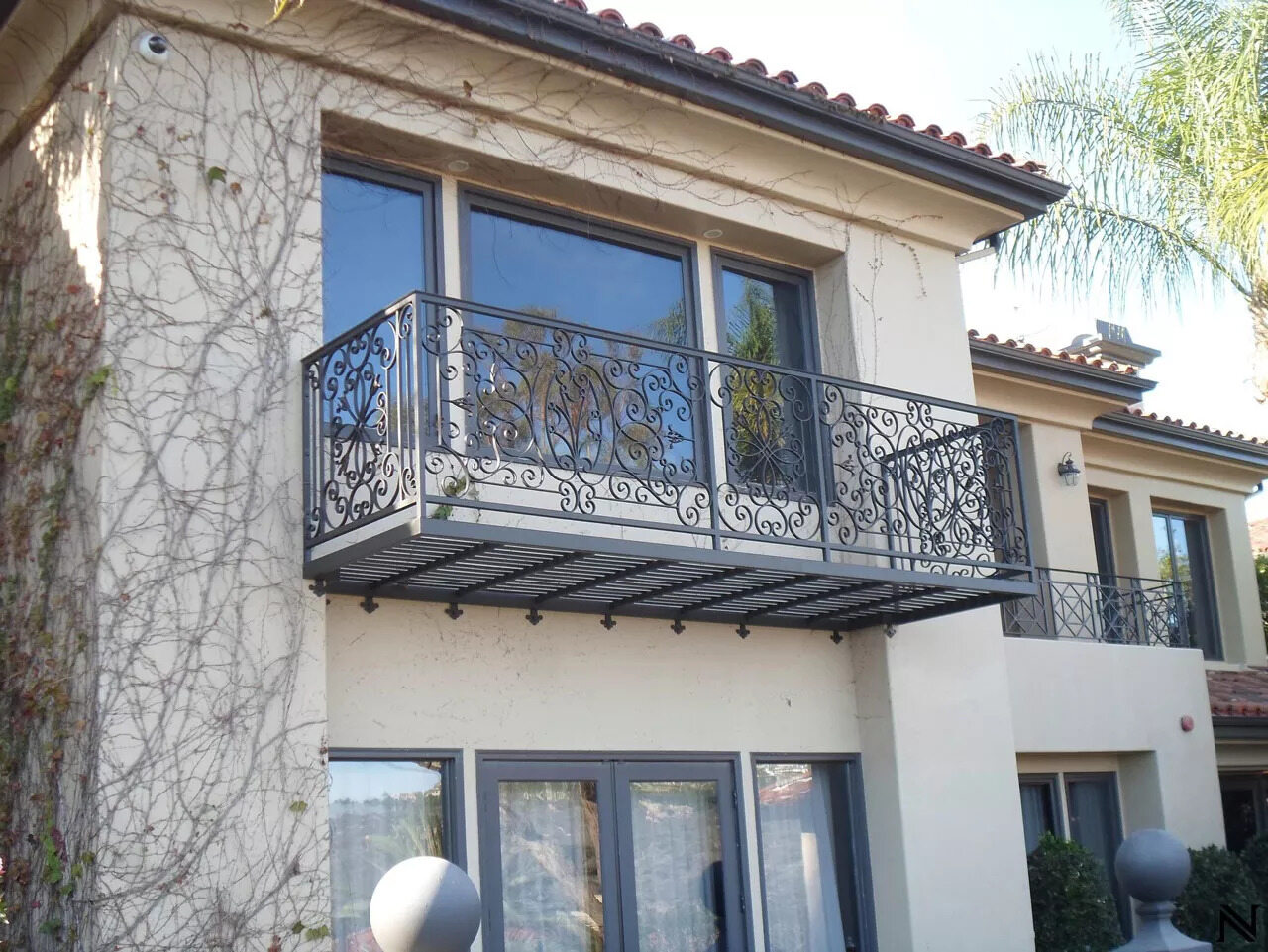




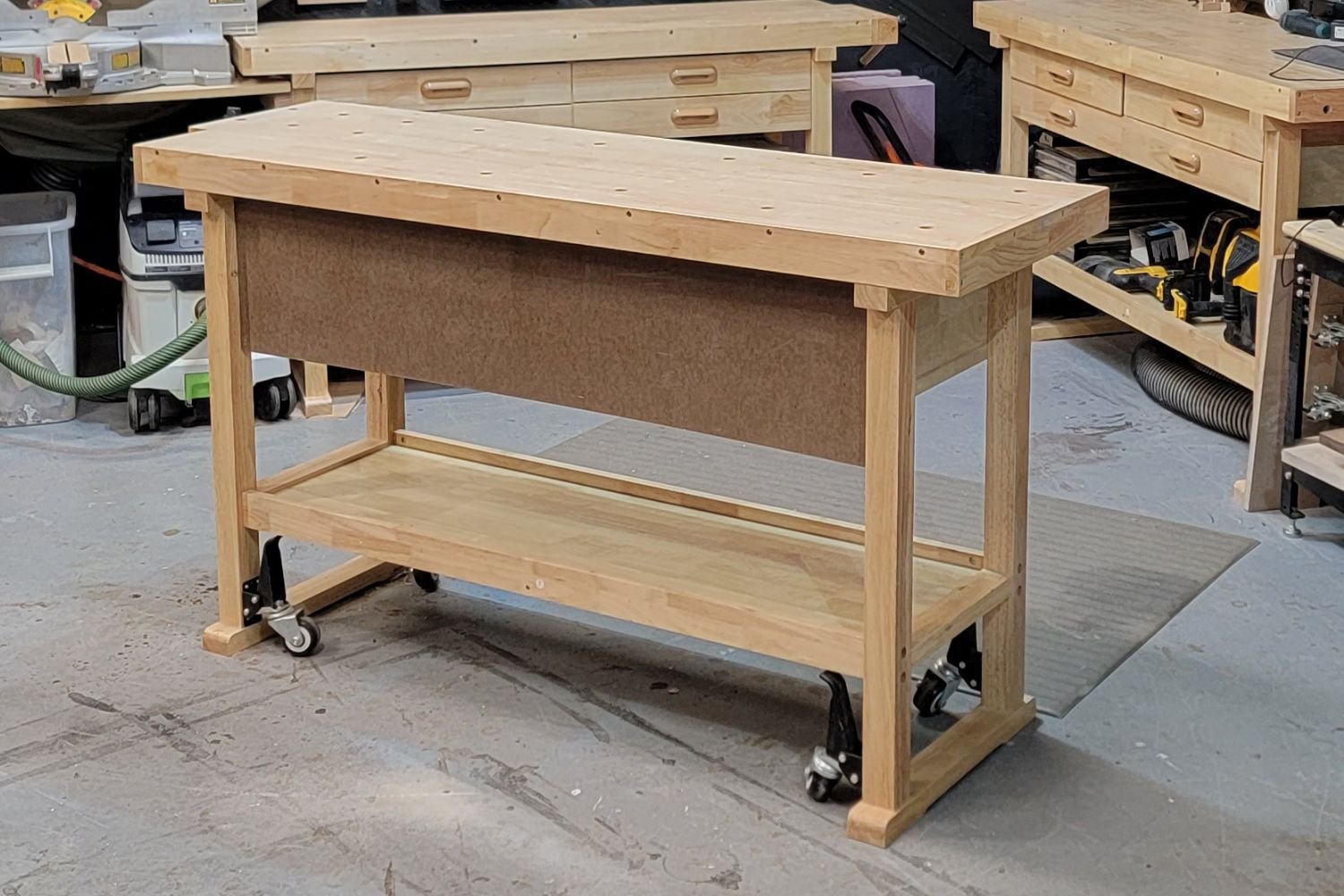


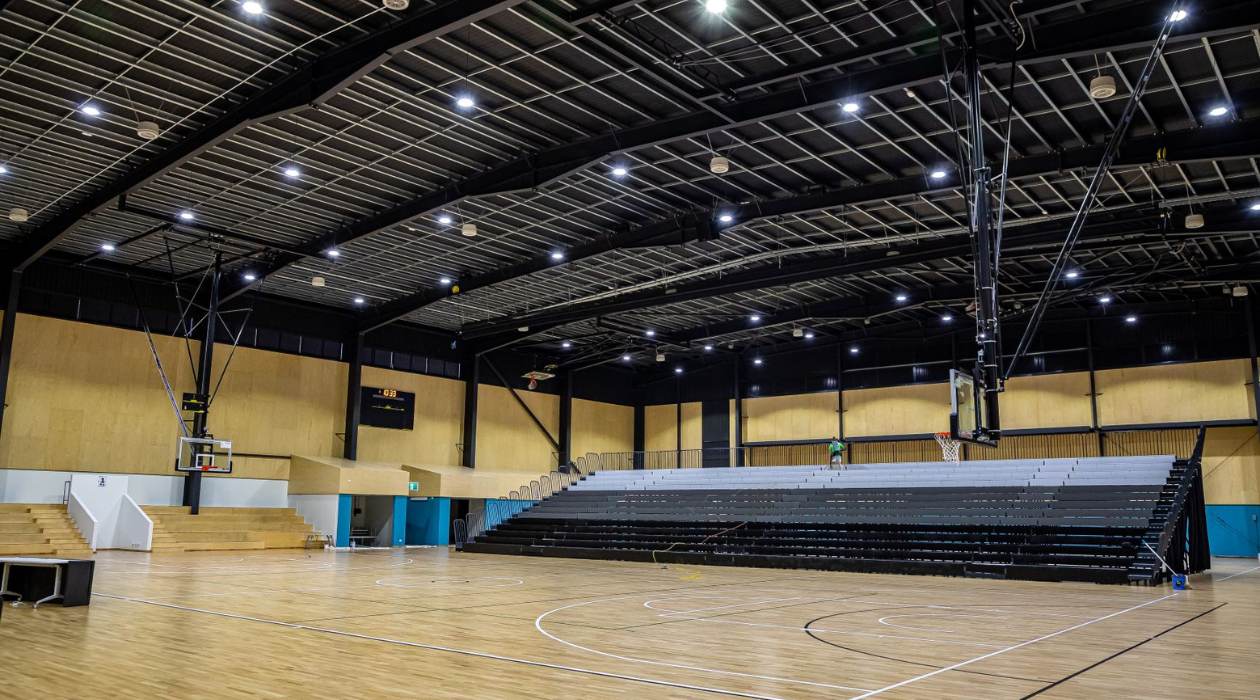

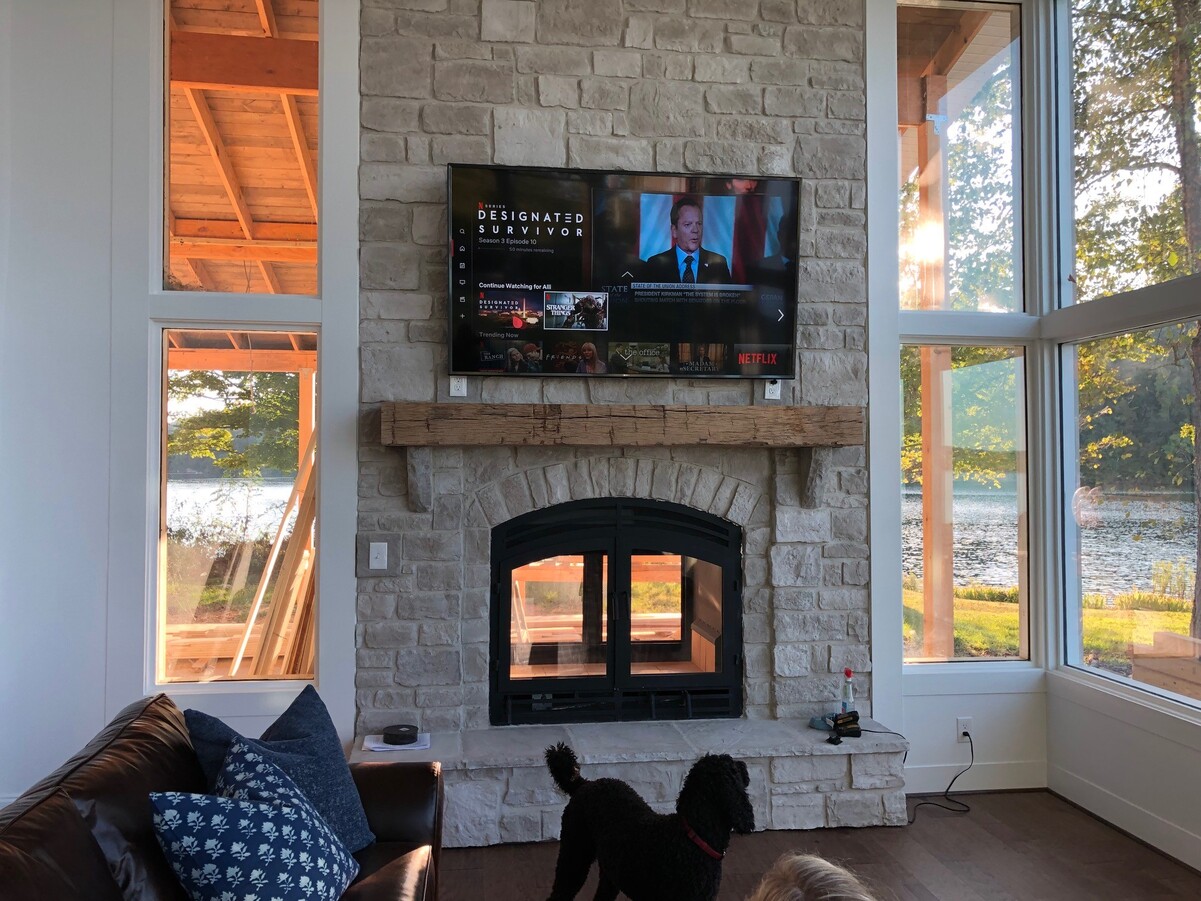


0 thoughts on “How High Should An Awning Be”